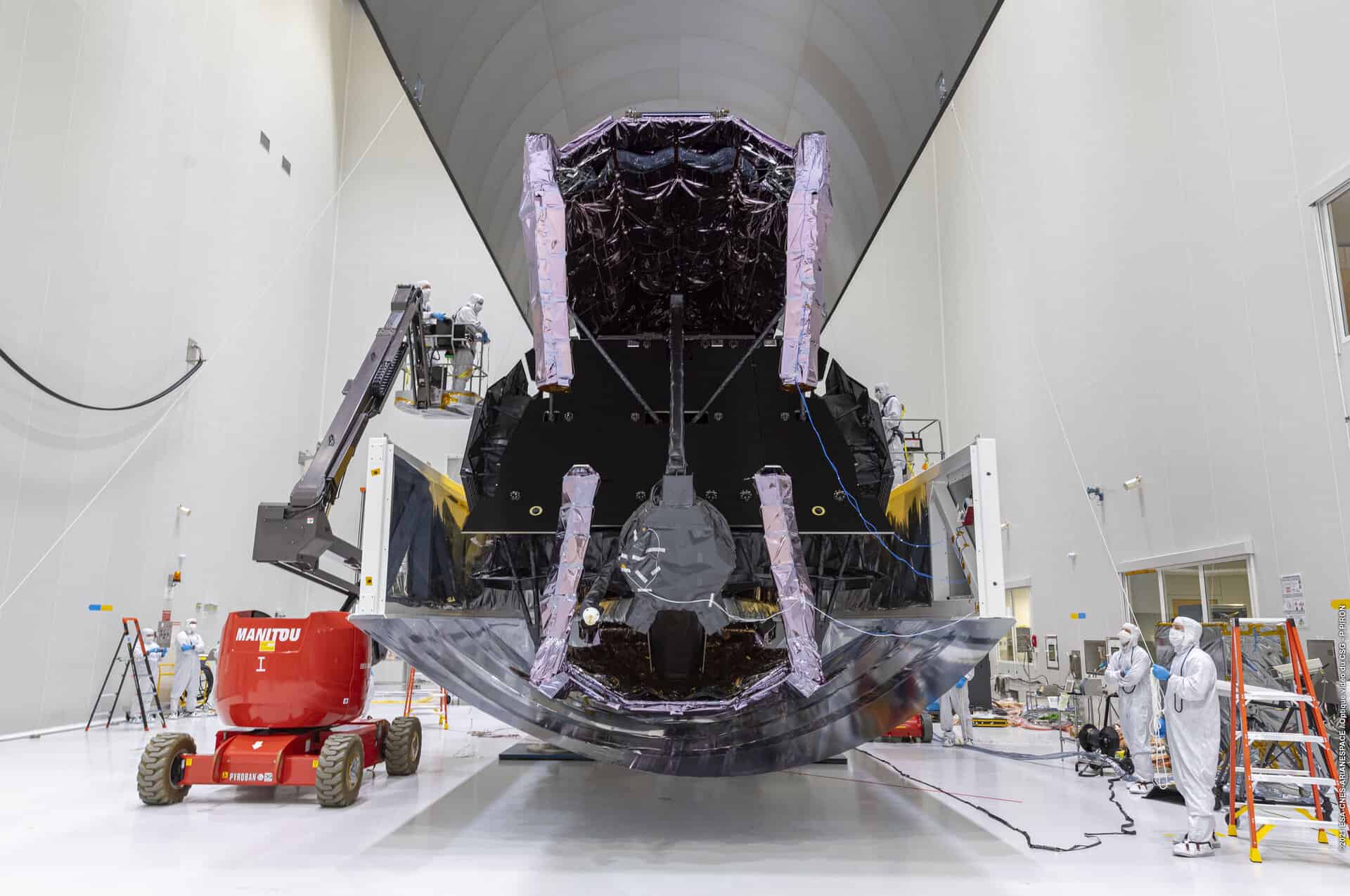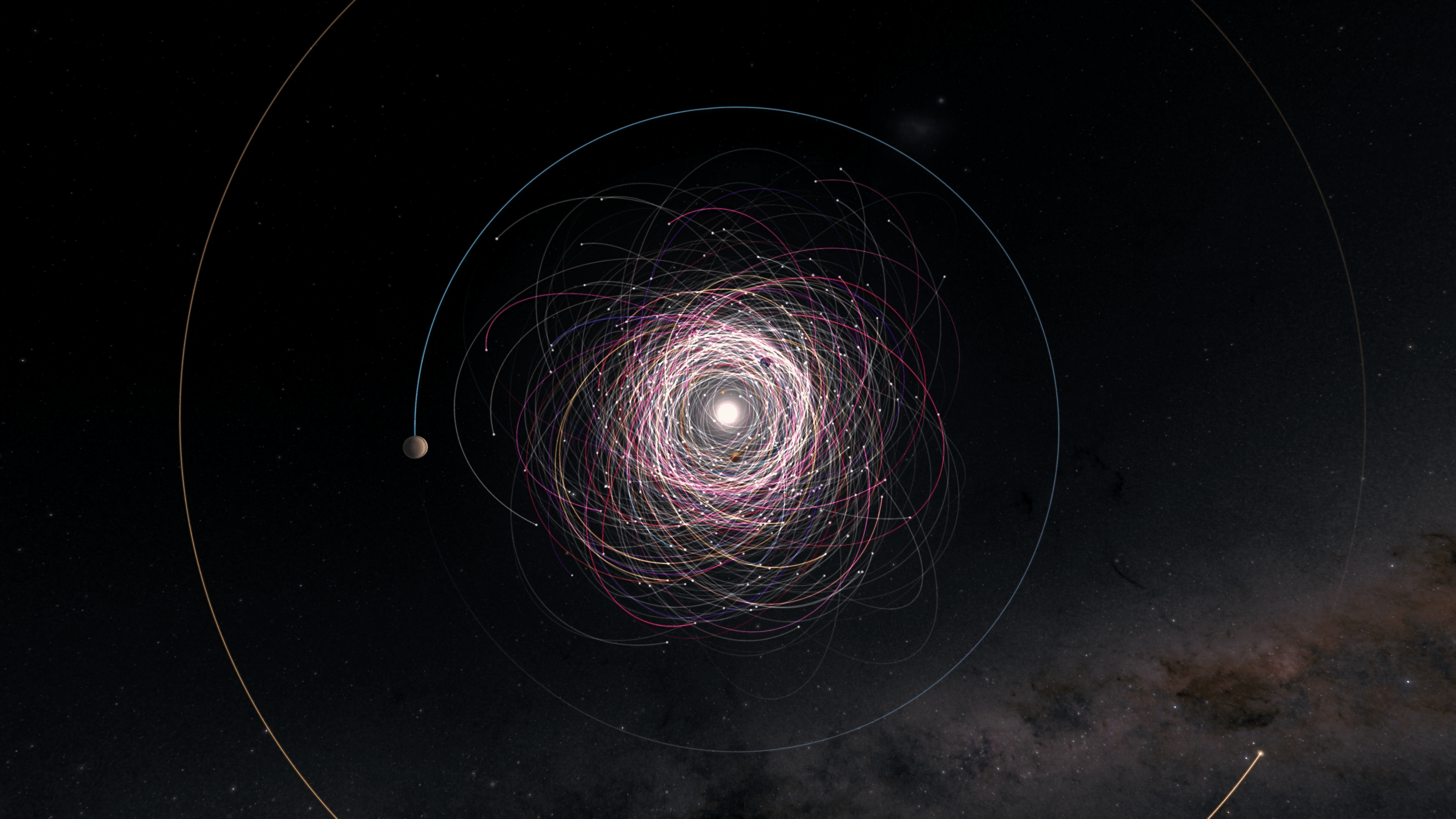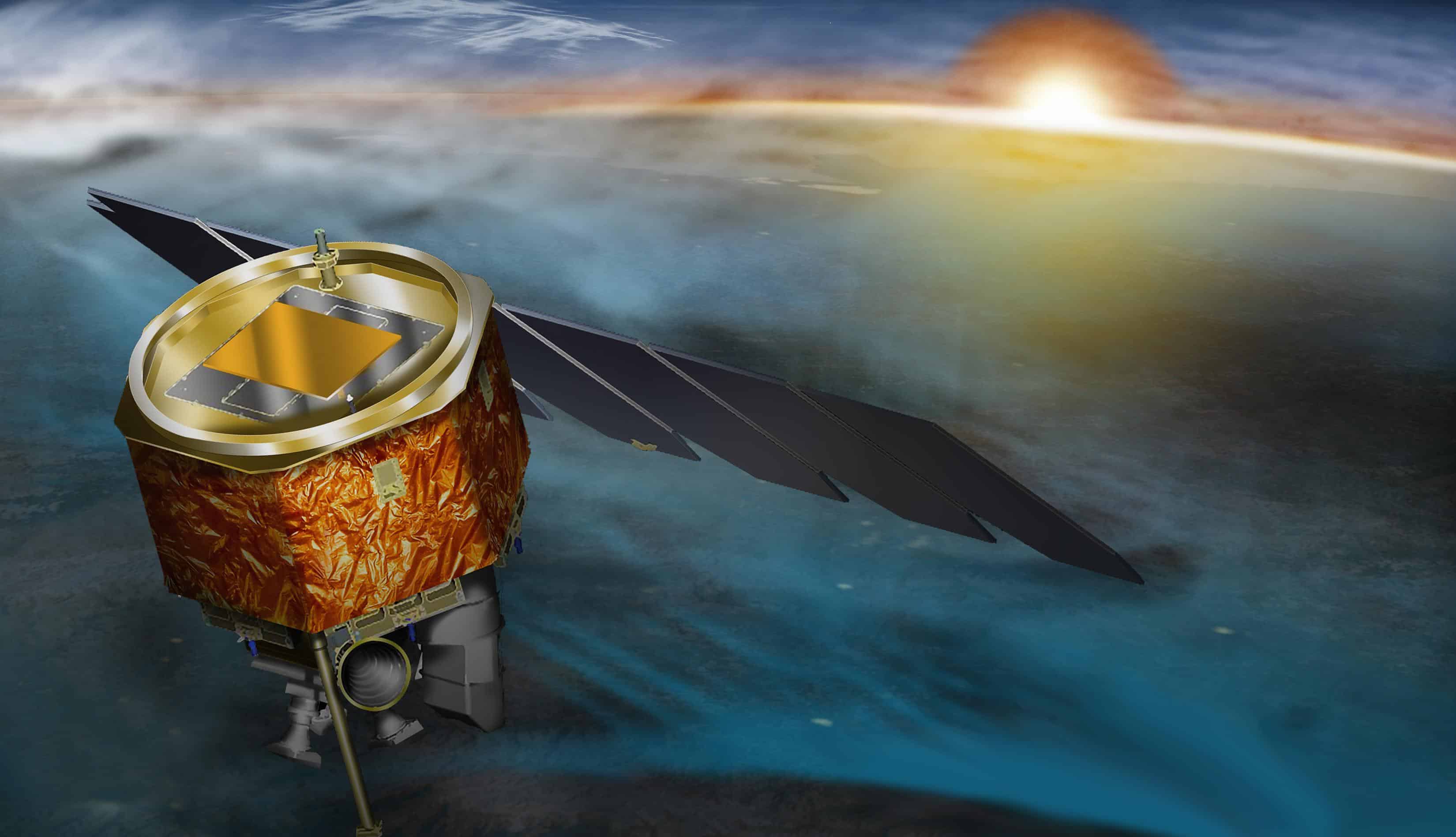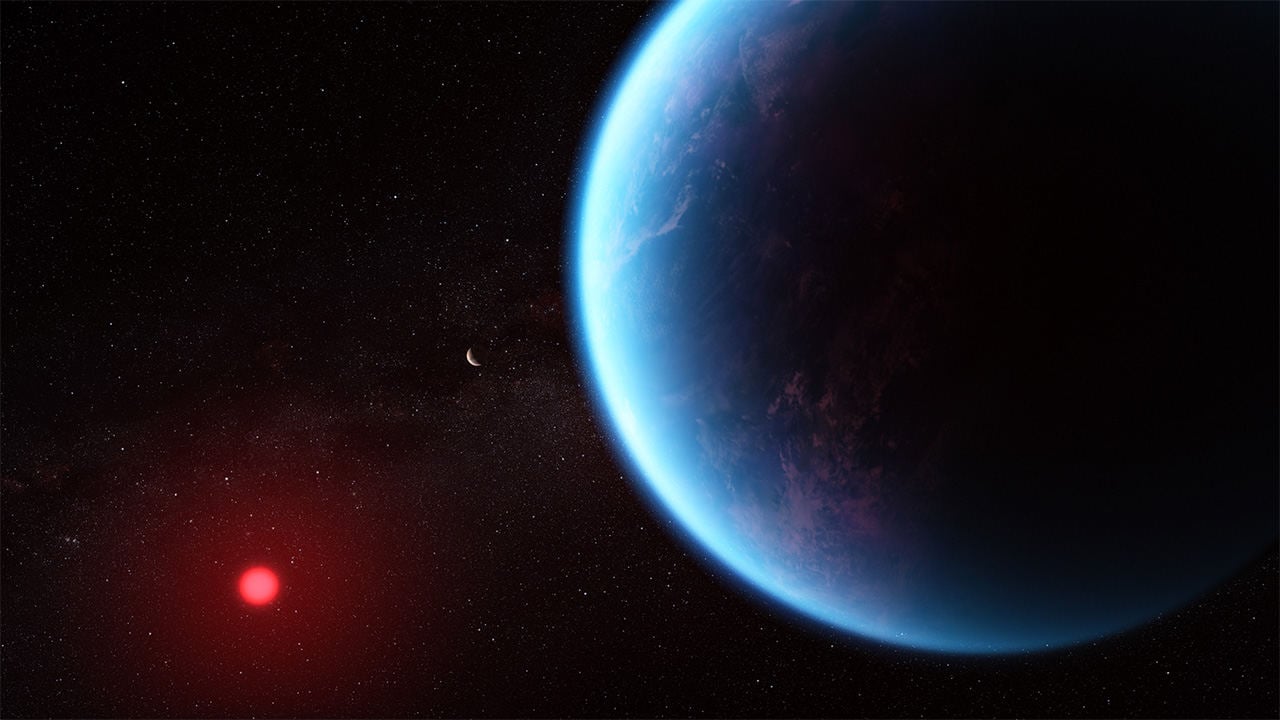
NASA’s James Webb Space Telescope has brought back fascinating data from its latest exploration of exoplanet K2-18b. The planet, which is 8.6 times more massive than Earth, has shown the presence of carbon-bearing molecules, including carbon dioxide and methane. This significant discovery marks an important milestone in our understanding of exoplanets and their potential for life. The detailed study and investigation into K2-18 b sheds light on these distant worlds’ complexities.
- NASA’s James Webb Space Telescope detected signatures of methane and carbon dioxide in the atmosphere of exoplanet K2-18b.
- This is the first unambiguous detection of these gases on a planet orbiting a distant star.
- The discovery demonstrates Webb’s ability to analyze the atmospheres of small, rocky exoplanets and enhance our understanding of conditions on habitable worlds.
Webb’s discovery adds to recent studies suggesting that K2-18 b could be a Hycean exoplanet, one which has the potential to possess a hydrogen-rich atmosphere and a water ocean-covered surface. The first insight into the atmospheric properties of this habitable-zone exoplanet came from observations with NASA’s Hubble Space Telescope, which prompted further studies that have since changed our understanding of the system.
The Mysteries of K2-18b
The discovery of carbon-bearing molecules in the atmosphere of exoplanet K2-18b has opened up a trove of possibilities in the field of exoplanetary exploration. The presence of carbon dioxide and methane, essential building blocks for life as we know it, has stirred a renewed interest in the planet located in the habitable zone of its star, 124 light-years away from us.
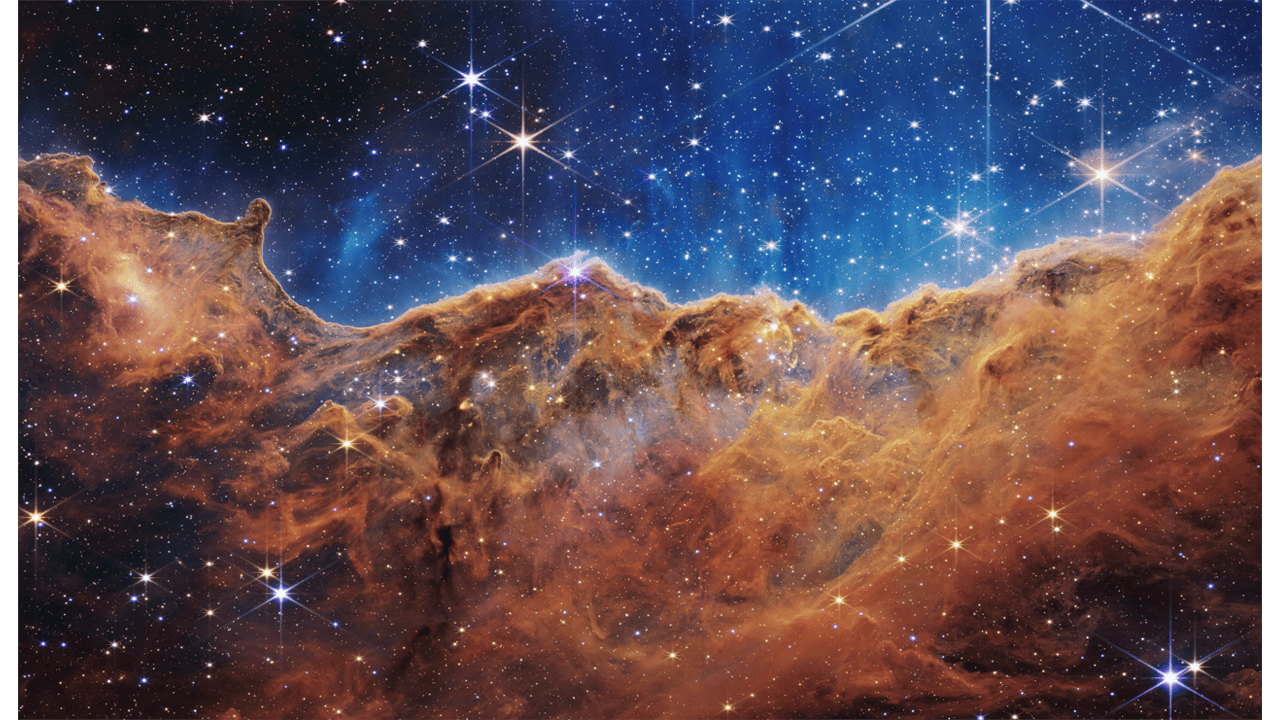
Scientists have long been intrigued by K2-18b due to its unique characteristics. With a mass 8.6 times that of Earth, the exoplanet is nestled comfortably in the habitable zone of its host star, a red dwarf named K2-18. This region, often called the “Goldilocks zone”, is just the proper distance from a star to allow for the existence of liquid water on a planet’s surface.
The Search for life
The detection of carbon compounds on K2-18b is a game changer. Carbon is a crucial element for life as we know it. Its unique ability to form long, complex chains and rings makes it the backbone of many molecules, including those that comprise living organisms on Earth. Therefore, The presence of carbon dioxide and methane on K2-18b suggests that the building blocks for life could exist there.
However, it is important to note that while these findings are exciting, they do not confirm the presence of life on K2-18b. The detection of methane and carbon dioxide simply indicates that the exoplanet has a similar atmospheric composition to Earth, making it a promising candidate for further investigation.
Our Eye into the Cosmos
The detection of these carbon compounds was made possible by the powerful James Webb Space Telescope. Launched in 2021, the telescope is the most powerful space telescope ever built, a joint project of NASA, the European Space Agency (ESA), and the Canadian Space Agency (CSA).
Webb’s infrared capabilities allow it to peer through dust clouds to see stars and galaxy cores in unprecedented detail. It also excels at observing dim objects, such as exoplanets, by detecting the faint light these distant worlds emit or reflect. These capabilities have played a crucial role in the detection of carbon compounds on K2-18b.
Main image: This artist’s concept shows what exoplanet K2-18 b could look like based on science data. K2-18 b, an exoplanet 8.6 times as massive as Earth, orbits the cool dwarf star K2-18 in the habitable zone and lies 120 light-years from Earth. A new investigation with NASA’s James Webb Space Telescope into K2-18 b has revealed the presence of carbon-bearing molecules including methane and carbon dioxide. The abundance of methane and carbon dioxide, and shortage of ammonia, support the hypothesis that there may be a water ocean underneath a hydrogen-rich atmosphere in K2-18 b.
Credits: Illustration: NASA, CSA, ESA, J. Olmsted (STScI), Science: N. Madhusudhan (Cambridge University)


